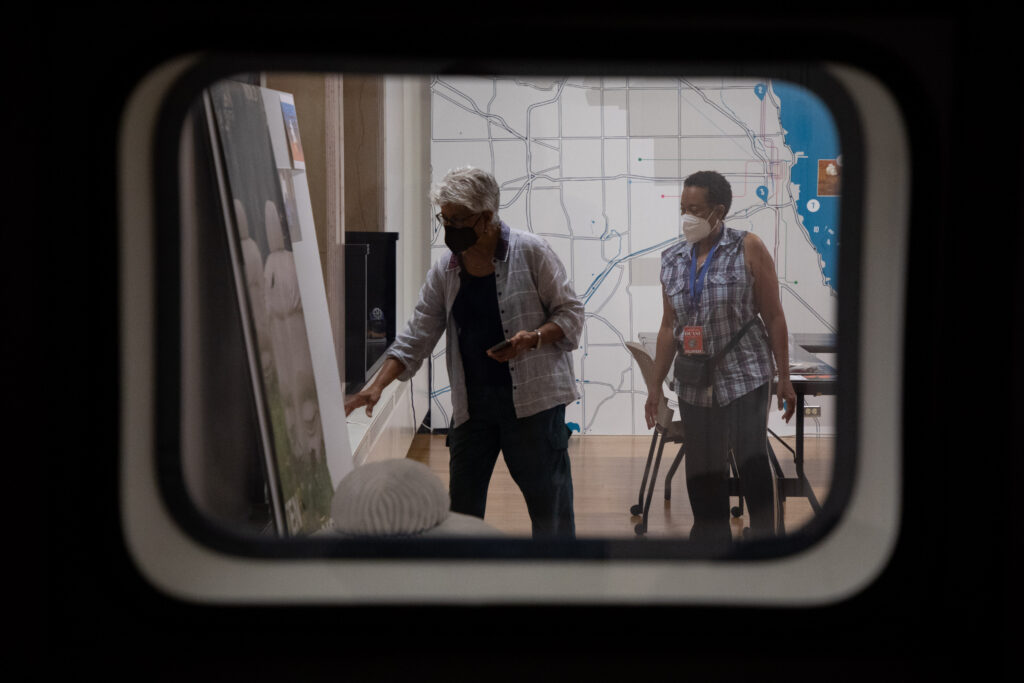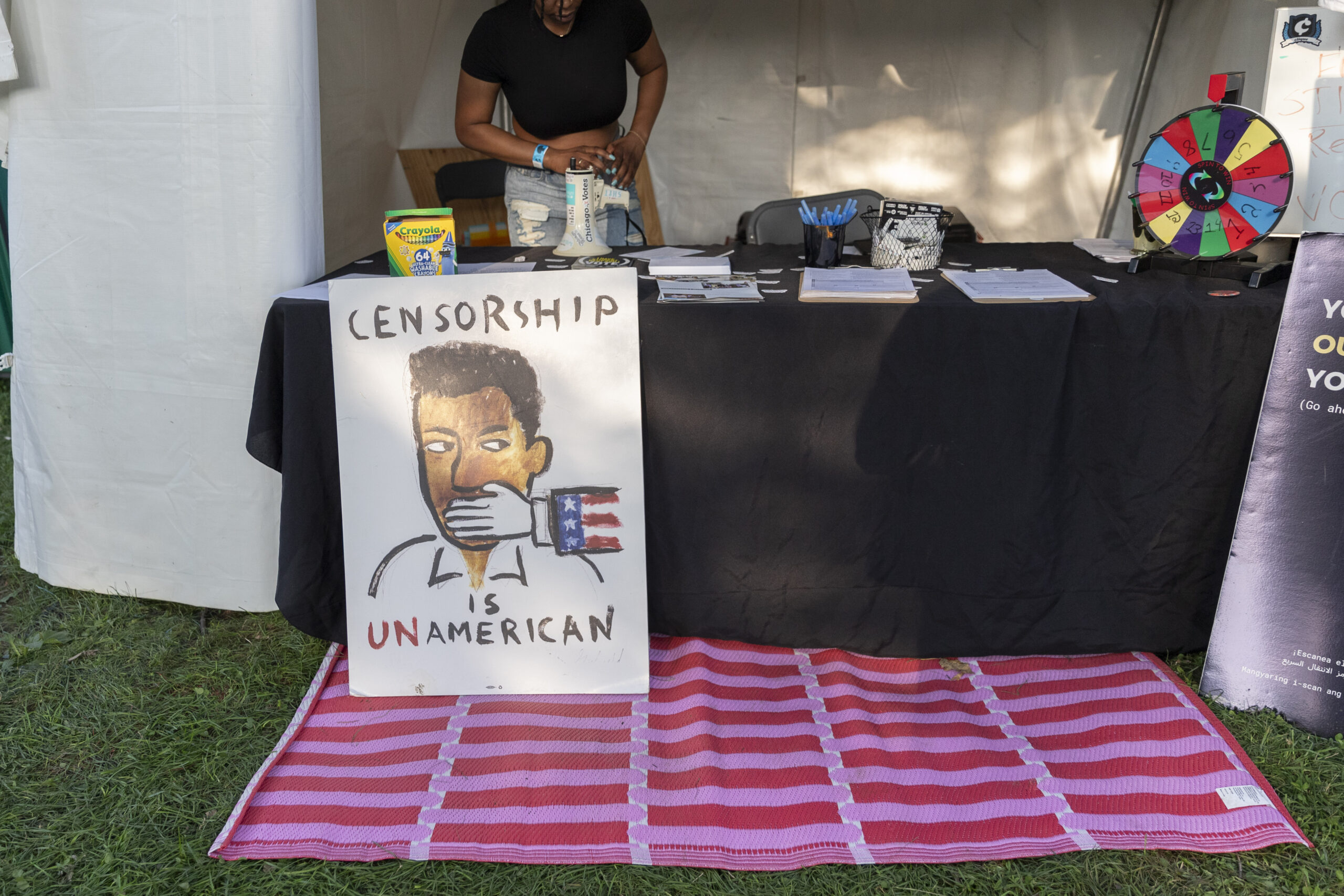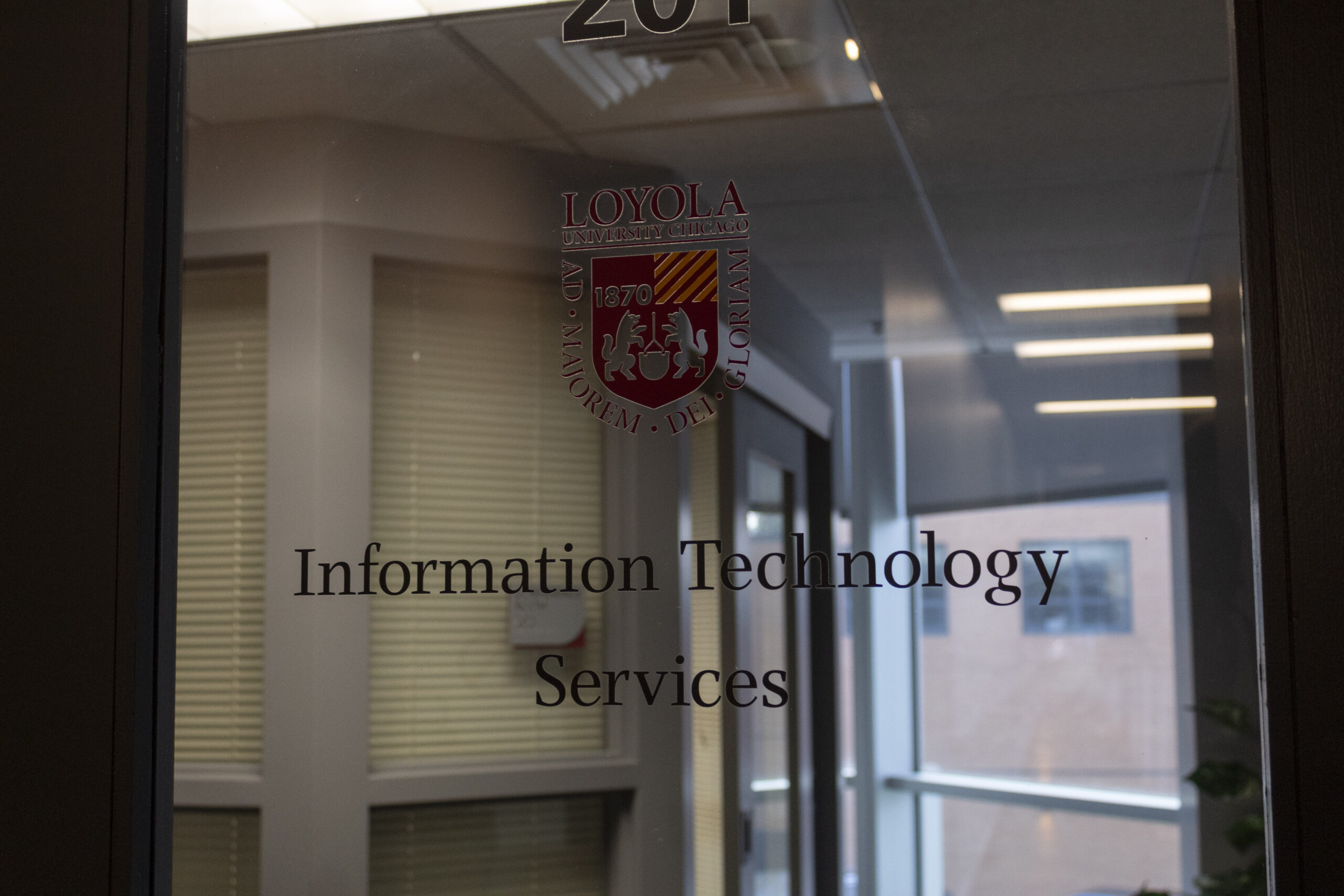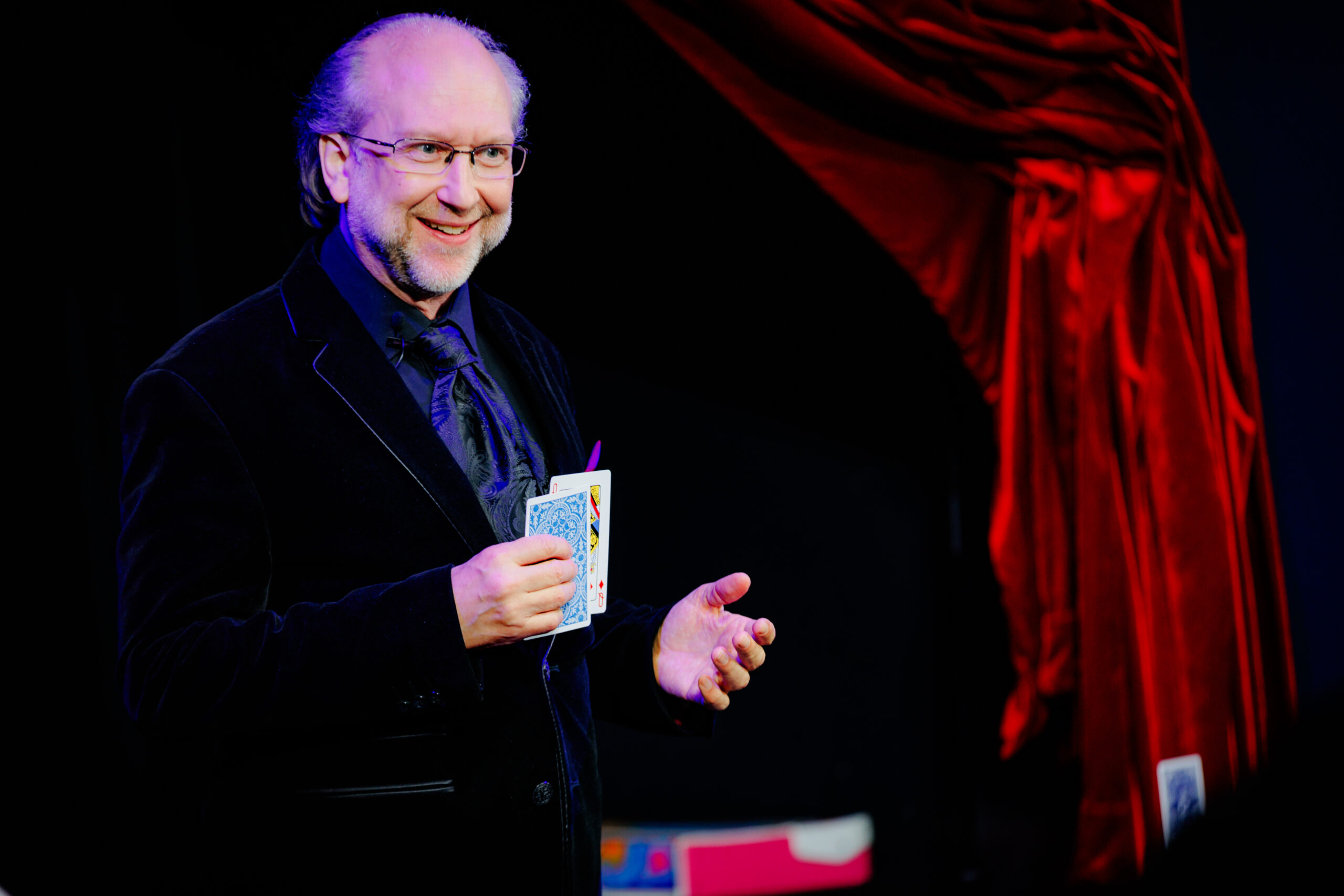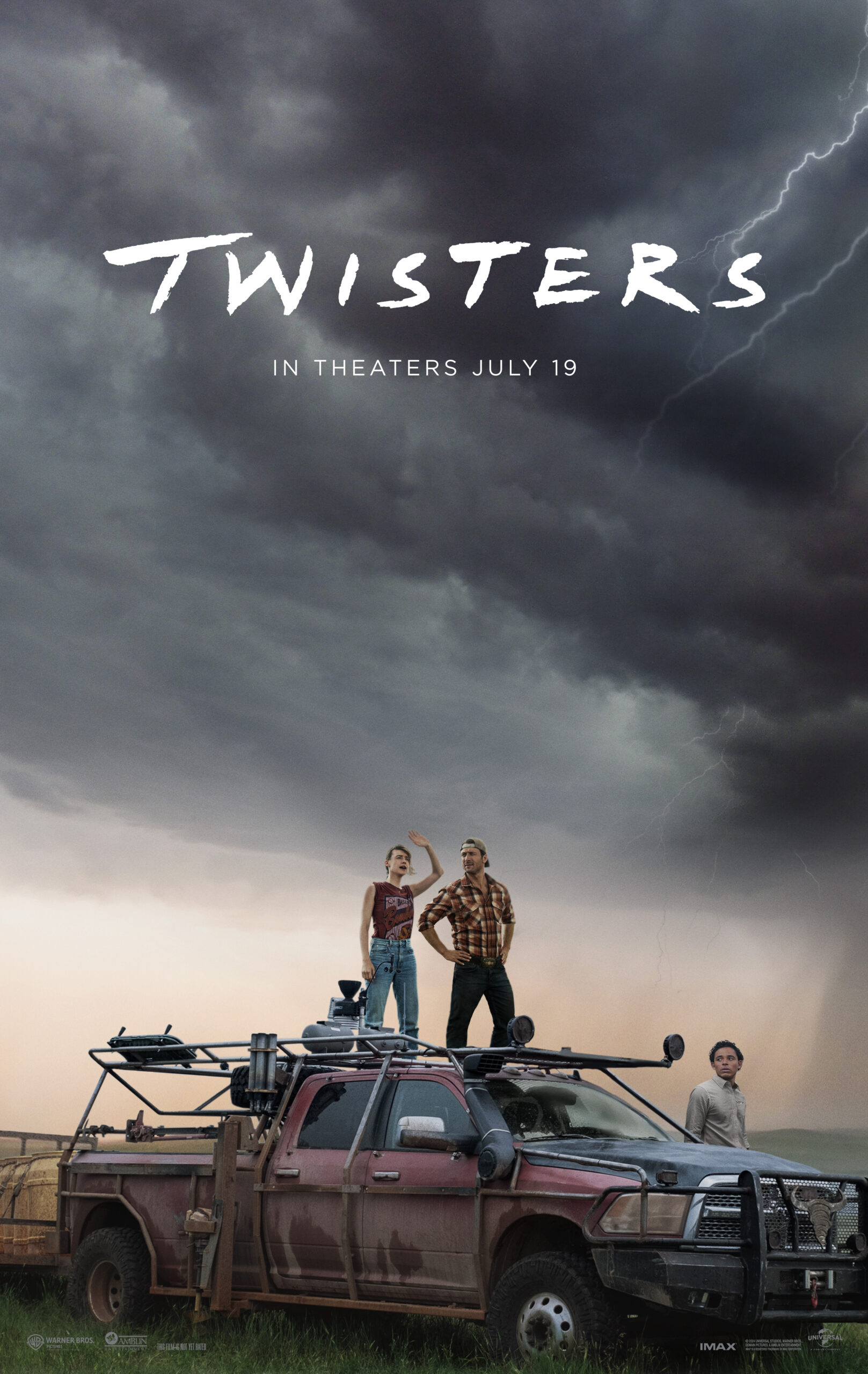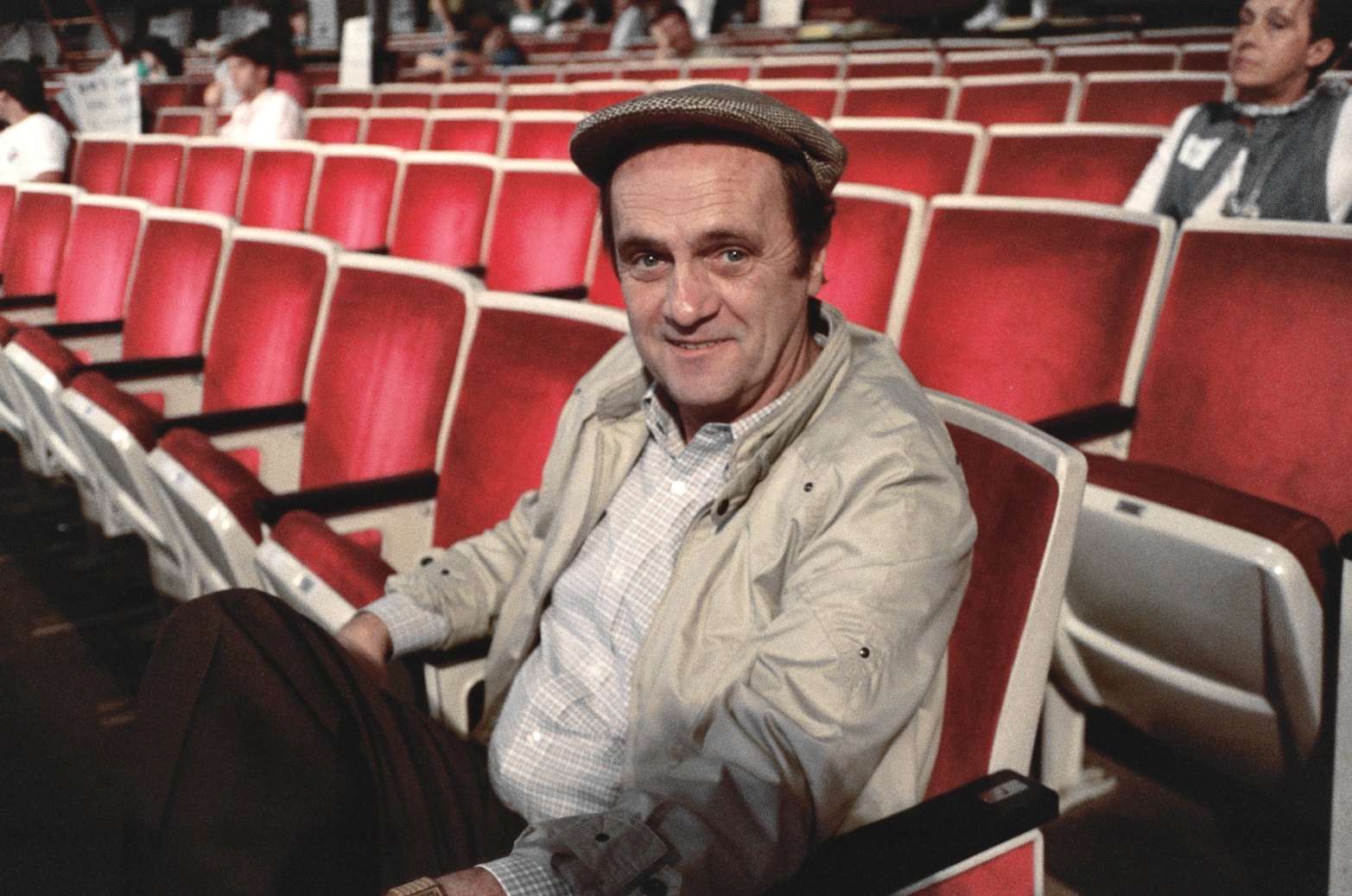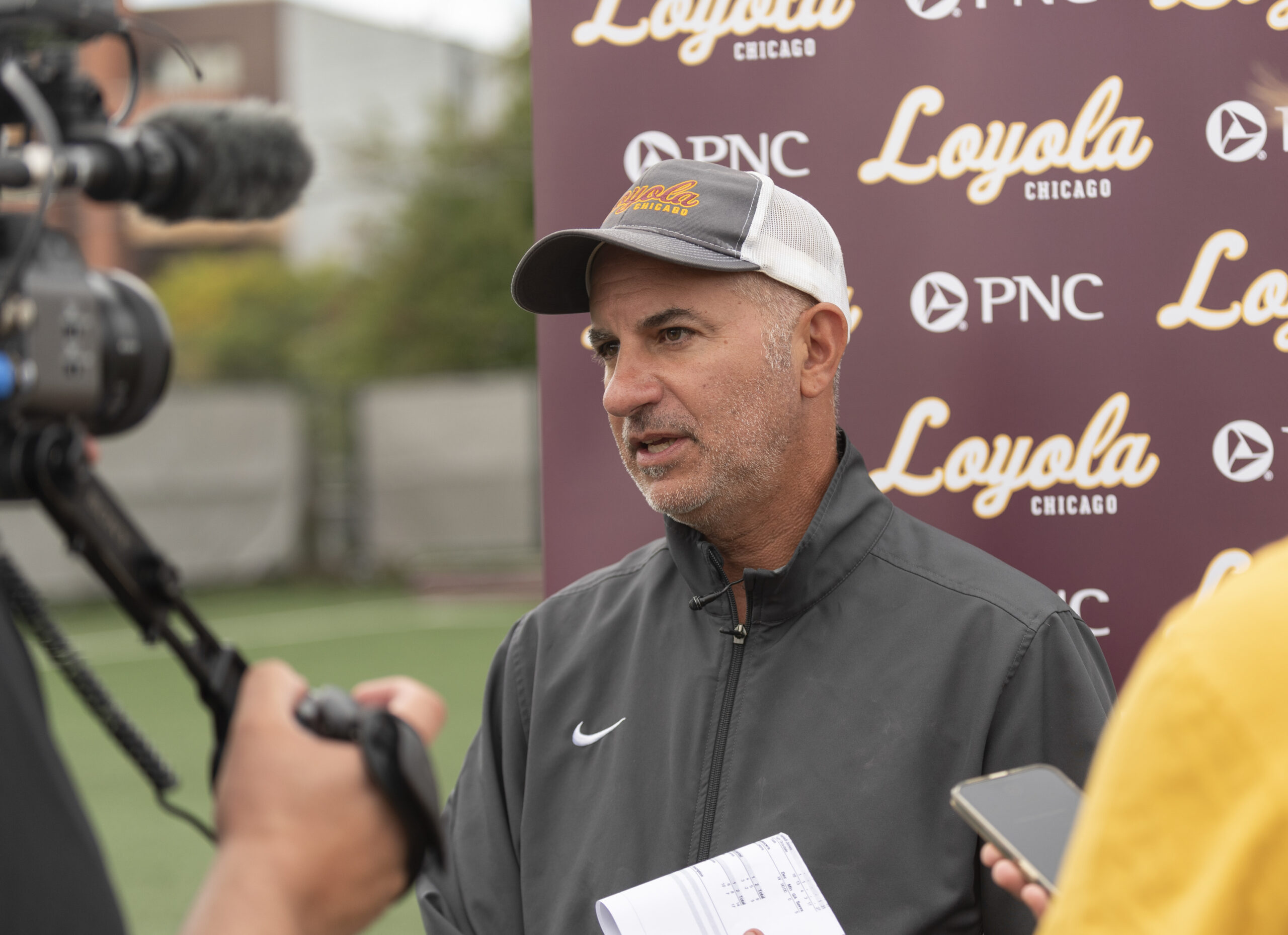For the past decade, a Buddha head has been at home on Loyola’s campus, but this sculpture is actually one of 100 from Indira Freitas Johnson’s Ten Thousand Ripples project.
For 10 years, a single Buddha head has watched over the corner of West Loyola Avenue and North Sheridan Road — but it’s not alone. The Lake Shore Campus sculpture is actually one of 100 intentionally scattered throughout the Chicagoland area by artist Indira Freitas Johnson.
The heads are part of her Ten Thousand Ripples project, which intends to inspire peace while sparking conversation about its placements in Windy City communities, according to Johnson.
“For me, making art is sort of engaging people in the creative process,” she said. “Advocating for peace as individual action.”
The Buddha is the historical founder of Buddhism, a religion based on “achieving enlightenment,” defined as inner peace and wisdom, according to History.com.
Now an Evanston resident for over two decades, Johnson was born and raised in Mumbai, India.
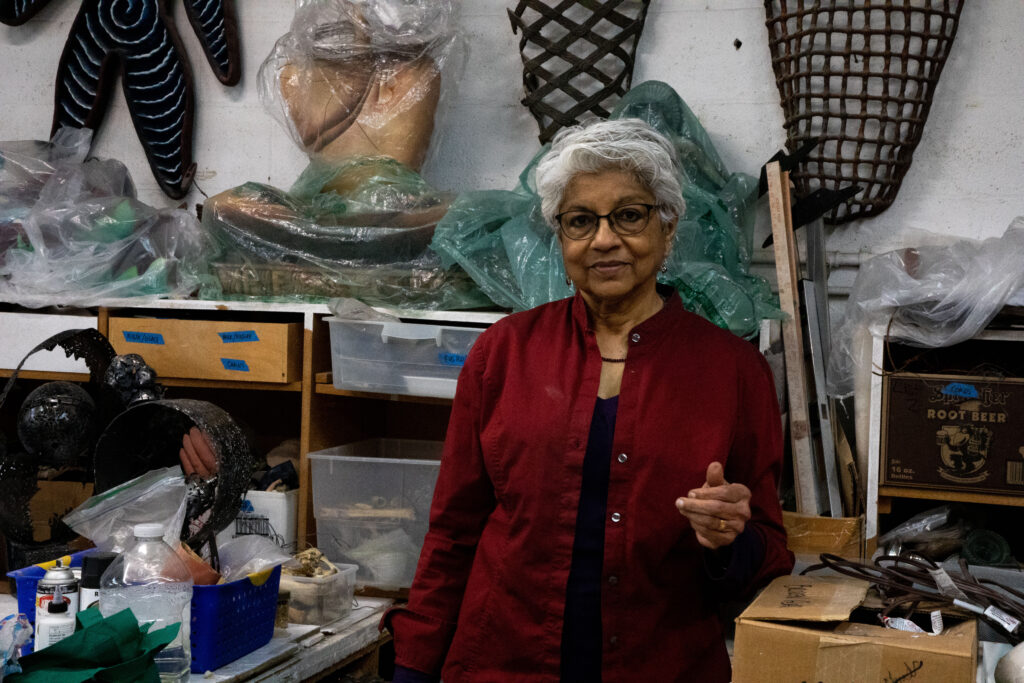
Her mother was an activist who helped with leprosy, tuberculosis and community development in the “slums” of Mumbai. Despite raising Johnson Catholic, her father would read bedtime stories about the compassion in Mahatma Gandhi’s life.
“For my parents, it was love God and love your neighbor,” she said. “So, loving your neighbor was very important.”
Johnson would eventually travel and attend the School of the Art Institute of Chicago to study advertising design.
It wasn’t until she was living in Lund, Sweden when clay “grew to take over” her free time and, subsequently, her life. She started with hands and feet — the types of sculptures now scattered in her front yard.
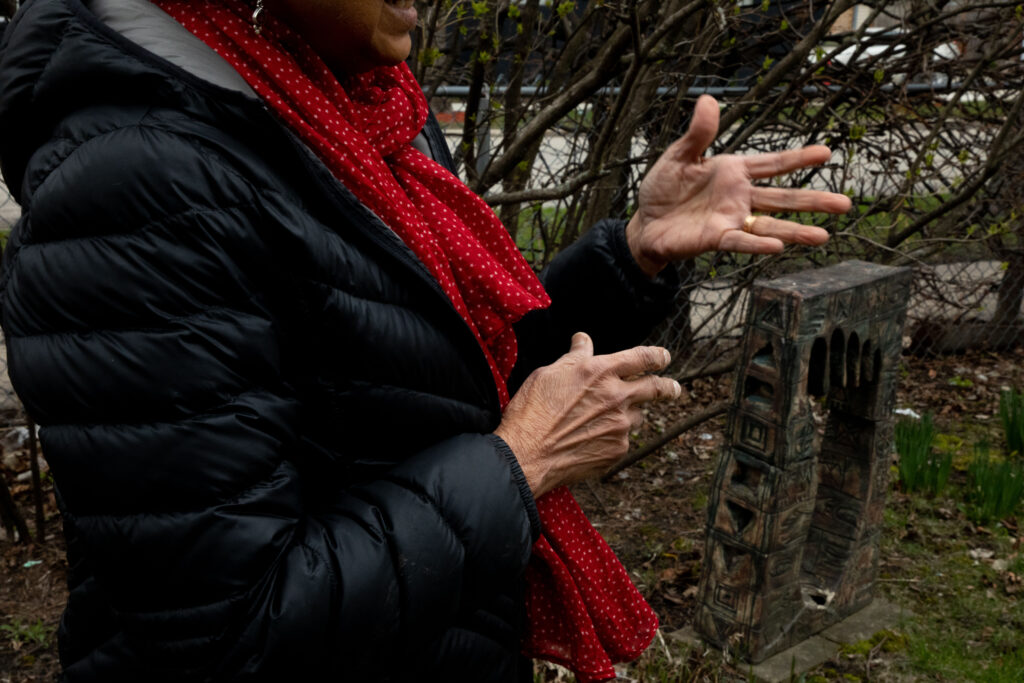
Moving a few more times eventually brought her back to Illinois, which would be the home of her vast 2012 project. She continued to search for an image that “spoke peace” in a significant way and created a number of art pieces using her final design.
“I liked the idea of the Buddha, especially a partial Buddha,” she said. “It was growing just like we are all growing in our spirituality.”
She made 11 sculptures to put on display at the Chicago Cultural Center (78 E. Washington St.), but it wasn’t until an outdoor Highland Park art show when she realized the potential of these pieces.
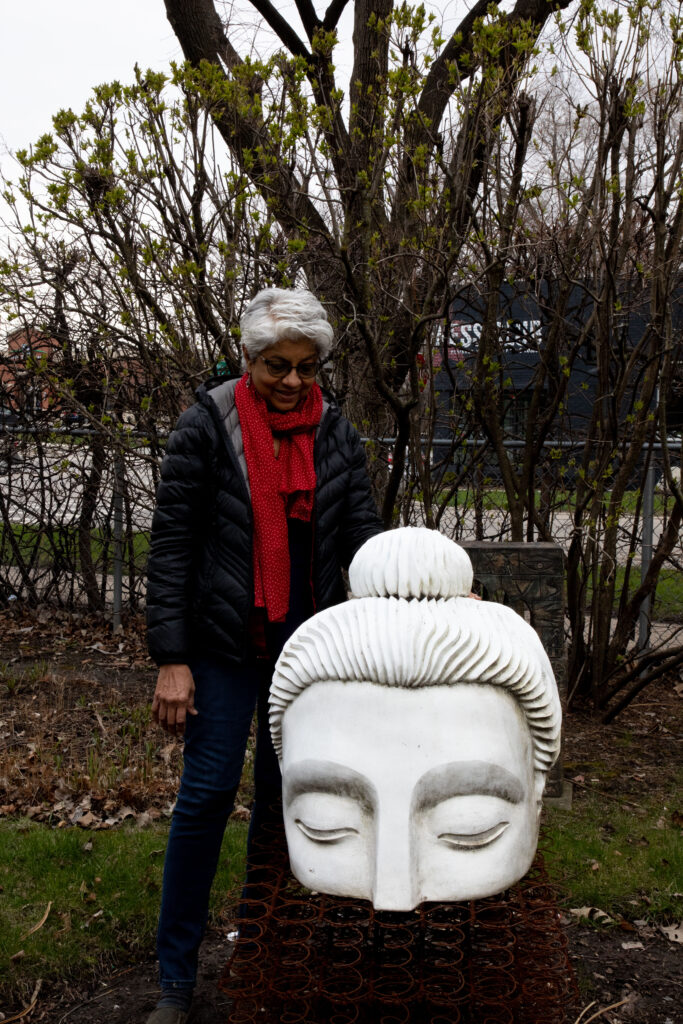
bed springs because “the spiritual path is not a firm,
solid path.” (Austin Hojdar | The Phoenix)
“I thought, ‘What would happen if you put the sculpture — one of the Buddha sculptures — on the street somewhere?’” she said. “‘Would it change the environment?’”
Ten Thousand Ripples then became a collaboration between Johnson, community organizations and Changing Worlds, a group that facilitates “arts-based peace and non-violence programming in Chicago and Evanston,” according to its website.
It grew to place 100 of these Buddha heads — made of fiberglass and resin — evenly throughout nine Chicago neighborhoods and Evanston. In exchange for the sculptures, Johnson asked neighborhood members to produce an art project centered around an issue close to that community.
This led to a culminating exhibition at the Loyola University Museum of Art in Sept. 2013, The Phoenix reported. Claire Sutton was brought on as the project manager for Changing Worlds, which involved coordinating this show and placing the sculptures.
The event featured photographs of each of the Buddha heads and the art projects by each community, which Sutton said “just showed you what one little sculpture could do.”
In Loyola’s neighborhood, the project was primarily captained by two members of Partners for Rogers Park — John Lamping and Chris Skrable.
“In Rogers Park, we were trying to focus on the assets of our neighborhood,” said Skrable, the former program manager for Loyola’s service learning program. “The idea was that the Buddhas would emerge to draw attention to spaces.”
Multiple Buddha heads were installed north of Loyola’s campus on street corners and outside cafés. Skrable especially misses the installation on the Loyola Dunes, a placement Lamping was a strong proponent of before passing away in Oct. 2020.
News of the photographer, retired scientist and community supporter’s death “sent ripples of sadness throughout the neighborhood, and beyond,” his obituary reads.
Eventually, the plan involved moving half the Buddha heads from their original locations and shifting them throughout Chicago. These were moved to places like Jackson Park by the Museum of Science and Industry and along Lake Shore Drive, which Johnson says is “very popular.”

The Benedictine Sisters of Chicago at St. Scholastica Monastery (7430 N. Ridge Boulevard) retained their statue in north Rogers Park, tucked behind a mossy statue of Jesus and a community garden. Grounds Coordinator Sister Rita Nowak was immediately receptive when the sisters were approached about the installation.
“A lot of people see it,” Nowak said of the Buddha head. “I think it has a calming effect on people.”
Johnson said the religious discussion was “part of the process.” The 100th original Buddha head was even installed at Amor De Dios United Methodist Church, according to a Ten Thousand Ripples Facebook post.
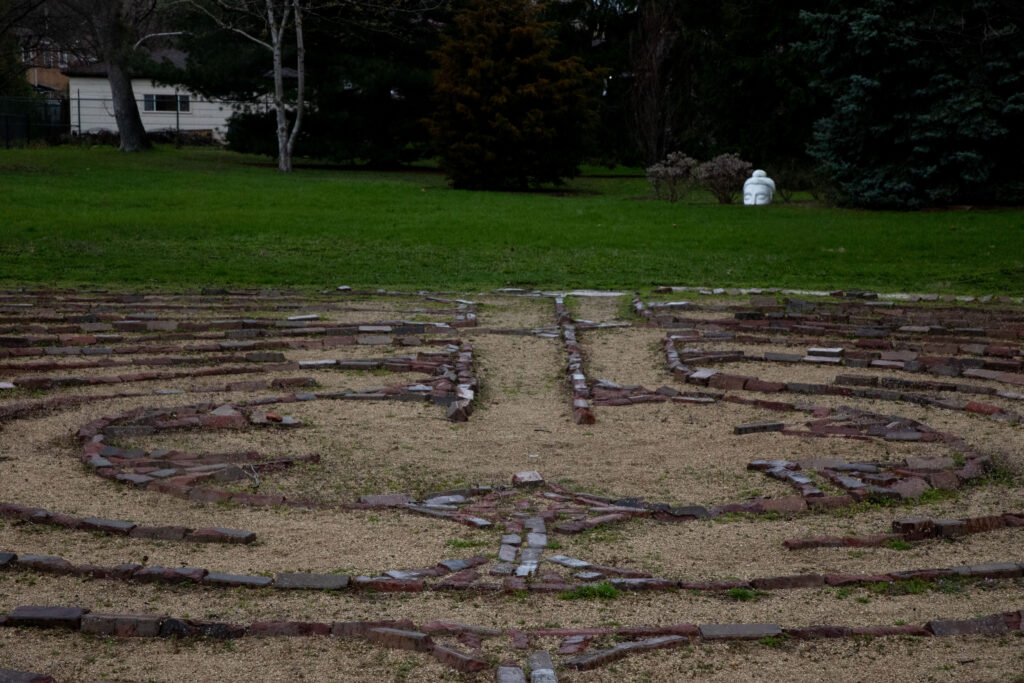
Johnson chose the Buddha because it balanced the spiritual with the secular. She noted rock bands and bars have adopted the imagery and her husband has even brought home a case of Buddha-themed beer for her.
Hugh Nicholson, professor of religious studies at Loyola, said the secularization of the Buddha head is something that can never truly be complete.
“The power of the Buddha’s head is that everyone knows it’s the Buddha,” Nicholson said. “It still continues to draw from its wellspring in the Buddhist tradition.”
Loyola alumna Tenzing Sherpa has been practicing Tibetan Buddhism her whole life. She and her family first saw the sculpture when visiting Loyola’s campus in 2017.
As a student, she said it was “common” to see students sitting on or kicking the head.
“I think the action of building the sculptures and thinking about its impact on the community is really important,” she said. “I also think about people’s perception of the sculptures and their understanding of art, because art is a valuable part of how we process emotions and how we process feelings.”
Now studying Tibetan Buddhism and neuroscience in graduate school at Columbia University, Sherpa said Johnson’s work is “powerful” and extremely “socially valuable” but wants people to be comparatively critical of pieces like this in Western culture.
“If there was a half-Jesus head in the ground, I’m sure people wouldn’t appeal too great to that,” she said.
While Nicholson can see how the project may strip Buddhism of its “traditional underpinnings,” he sees the project as one that can invite imagination and conversation.
“I think really powerful art always leaves something unsaid,” Nicholson said. “Just having the partial image is just enough to awaken whatever associations you have about Buddhism, but then the viewer is gonna fill in the gaps.”
This is the conversation Johnson was hoping for during the project’s genesis. When the sculptures were stolen, vandalized or received pushback from neighborhoods, she took it in stride, according to Sutton.
“It is amazing how she is one of those artists who quietly changes people’s perception of community and safety,” Sutton said. “She somehow, in her magical way, creates change and creates people communicating with each other.”
For the 10th anniversary of the project, the Nathan Manilow Sculpture Park at Governor’s State University welcomed five of Johnson’s sculptures to be displayed for the next three years, according to Park Director and Curator Jeff Stevenson.
The Chicago Cultural Center has also welcomed Johnson back for another exhibition, showing the project’s lasting impact on Chicago and its community a decade later.
“I think it surprised me,” Johnson said of the Ten Thousand Ripples project. “The intensity and the longevity.”
Her Meet an Artist event will take place on Sept. 30 to Oct. 1 and Oct. 14 to 15 from 12-2 p.m. and is open to all as Johnson asks attendees to answer, “What’s Your Ripple?”
